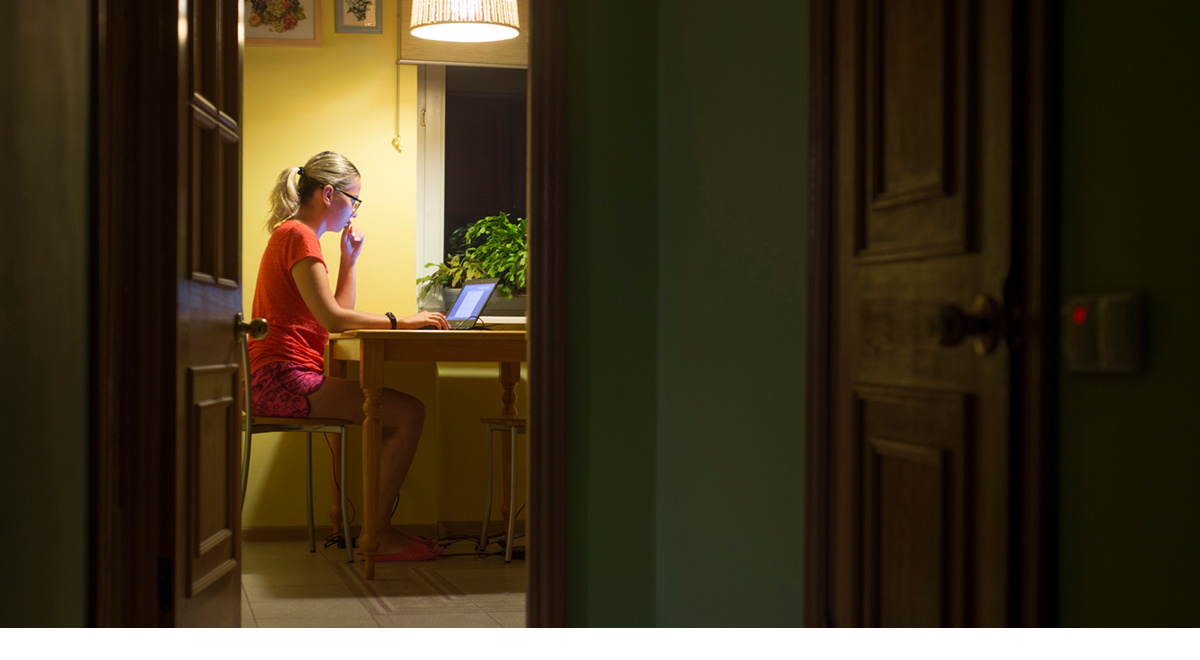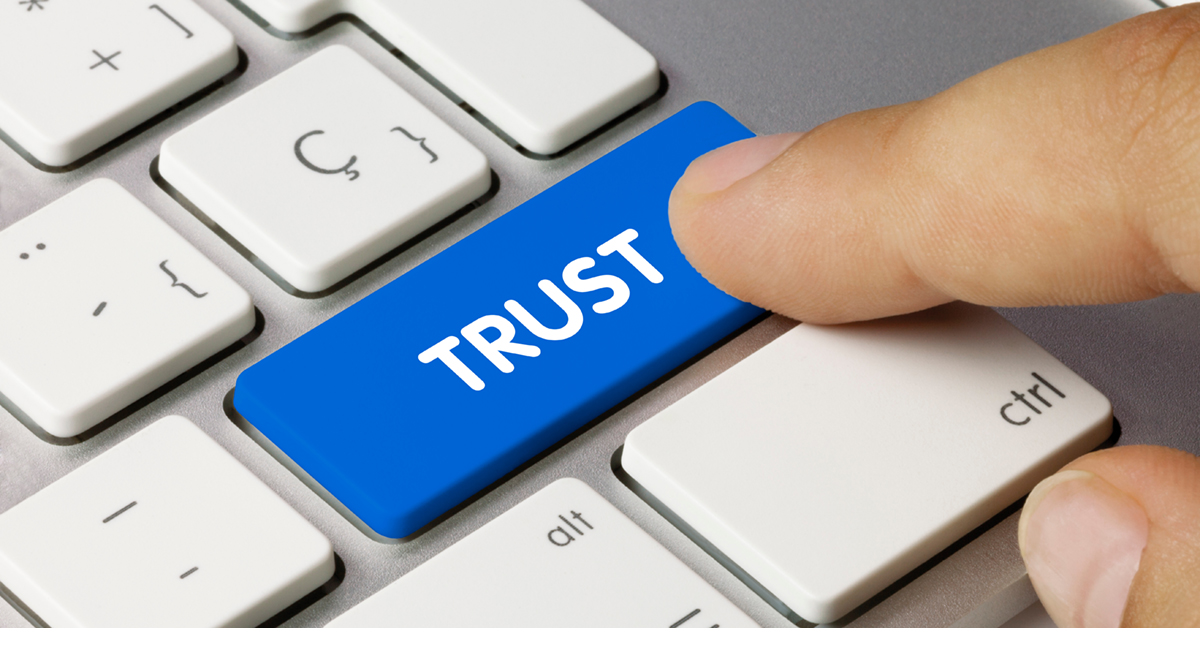Empathy, Clarity, and the Virtual Watercooler
Best practices for leading hybrid and remote teams in a pandemic-influenced world
For so many professionals, the world, changed by the pandemic, looks very different than it did just a few short years ago. While some companies are back to fully in-person operation, many more are in some state of virtual operation — relying on either hybrid or fully remote work models. Some Blue Beyond clients, such as Atlassian and Airbnb, aren’t just relying on hybrid or fully remote work, but are committed to it — embracing leadership in this type of environment as a business advantage.
For those in leadership positions, being a great leader in this unique moment means not only adjusting to the new norm but also helping every member of your team figure out the best way to do their best work and live their best lives.

Connect With Your Teams
Communication is obviously critical in any work setting. But taking the time to check in with team members and build meaningful personal connections is absolutely essential with hybrid or remote teams. The best leaders understand that, and they make time and prioritize personal connections. Whether it’s through scheduled check-ins or informal virtual chats with team members, that kind of communication contributes to a culture of collaboration, creativity, and inclusivity. Those small personal moments of connection go a long way toward making everyone feel like they are part of the team and have a seat at the table — no matter where they are. For more, see our blog post on Six Ways to Engage Remote Employees.

Create a Level Playing Field
Find ways to get work done that meet employee needs / preferences and create a level playing field. Use platforms and tech tools like Slack, Teams, Zoho Connect, and other communications and productivity platforms that provide a digital “paper trail” and allow employees to engage virtually as well as on their own schedules (which is particularly helpful when teams span different time zones). Accommodating asynchronous work allows every member of your team to add value without relying on an operational environment heavily focused on real-time meetings. Hybrid work can work, but hybrid meetings — where some are remote and some are in person — can be challenging when sound, screen sharing, and audio potentially falter (since they are components critical for success). There is value in group work and face time, but the most effective collaboration provides a range of options to get the best innovative ideas and deliverables on the table — and to bring out the full talents of your team.

When in Doubt, Ask
Avoid assumptions when it comes to creating a thriving culture for your remote or hybrid team. Not sure about your team members’ preferences and needs? Simply ask! Keeping the lines of communication open helps ensure you cultivate a team environment that is flexible, accommodating, and conducive to unleashing the full potential of your people, resulting in increased productivity, creativity, and innovation. If we’ve learned nothing else during the pandemic, it’s the critical importance of work-life balance and mental health. Communication can also help you be culturally cognizant, being aware and considerate of different holidays (and different time zones) when planning agendas and schedules around a team who may be spread out geographically. Team norms should be both established and communicated to employees, knowing there may be some individual flexibility required to meet the needs of the whole.

Demonstrate Trust
The all-too-common, pre-pandemic presumption that those working from home were somehow less engaged or committed than those in the office has shifted considerably, with new research and data being released speaking to the contrary. While accountability remains a key ingredient in the recipe for professional success, the best post-pandemic leaders recognize that constantly looking over their employees’ shoulders or making rigid demands about scheduling specifics isn’t likely to create engaged, motivated employees who bring their best to work. Instead, practice trust. Show you value the quality of their work, not the manner in which they deliver it, and try not to get too hung up on specifics. A little trust goes a long way in getting the best out of your team in any workplace environment — remote, hybrid, or otherwise.

Make Planning Personal
A lot of companies are putting a lot of time and resources into strategizing about return-to-work plans and schedules to get the company back to “normal.” But that kind of planning is incomplete if it doesn’t come with accompanying conversations about what the day-to-day work experience looks like for individual employees. One of the jobs of leaders is to initiate those conversations, asking straightforward questions about each employee’s feelings regarding the most effective way to bring their talents to the workplace. That conversation can be a check-in interview, a focus group, or even just a casual chat with a manager. Over the last two-plus years, we’ve all seen employees deliver effectively in a remote environment. With that in mind, making demands instead of asking questions not only risks employee departures, but also misses an opportunity to create a thriving hybrid team of employees who are happy to be there and contribute their ideas and talents.

Access New Talent Pools
Creating these new workplace realities may pose unique challenges for the organization. But the exciting part is it also presents leaders with game-changing opportunities to access new talent pools and to allow dedicated professionals to contribute in new, creative ways. Leaders are no longer limited by the boundaries of geography in building and managing their teams.
To make the most of those opportunities, leaders will need to prioritize open dialogue over rigid policies. They’ll need to focus on communication and culture and identifying who they want to be a part of this new future. Organizations may need to revisit protocols — or leaders will need to challenge processes to get the best talent. Modern day leaders need to remember the power of personal connection and trust, so that team members feel empowered, regardless of where or how they work.
The true challenge will be sustaining these best practices in the long term. As more people head back to physical office spaces and we become less remote and more hybrid, maintaining best practices becomes arguably even more important. Consider talking to a trusted consultant partner who understands the unique challenges and opportunities of this historic workplace shift and can help you navigate this new space with empathy, clarity, and a team that is more connected and more productive than ever.
Ready to elevate your virtual leadership?
At Blue Beyond, we work with companies to implement best-in-class practices for leading and managing remote and hybrid teams. If your organization is in need of resources, support, or strategies that move the needle, let’s talk!

